Enid Kaw Lake Water Supply Program
Garver’s strategic coordination and management of a $475M program created a sustainable 50-year water supply
Garver is serving as owner’s representative (OR), program manager, and lead designer for a multi-phased, full build-out of $475M program to deliver raw water from the Kaw Lake Reservoir (Arkansas River Watershed) to the City of Enid. The program provides the City of Enid with a new 50-year sustainable water supply to supplement its existing groundwater supply. Currently, the City is progressing with an initial phase of a 10.5 MGD, $330M.
The program involves a new intake structure in the Kaw Reservoir, 70 miles of 36-inch raw water pipelines with booster pump stations, an initial design of 10.5 MGD and a 21 MGD full build-out advanced water treatment plant (WTP), terminal storage reservoir, and an optimized delivery system for proper blending with local groundwater. Additional services provided by Garver include systems engineering, environmental, design, and communication support services.
Our team evaluated three new intake alternatives for the project. Each considered water quality impacts, constructability, operations and maintenance requirements, and environmental impacts. The raw water transmission main was analyzed to compare capital costs and power (pumping) costs for each diameter and resulted in selection of a 36- inch pipeline.
Development of the WTP involved close coordination with City staff to evaluate treatability challenges including disinfection-by-products, nutrients, and taste and odor for establishing treatment options. Source water sampling and testing were completed to determine water quality objectives. The new plant includes ozone pre-oxidation, conventional coagulation-flocculation-sedimentation-filtration with plate settlers, followed by granular activated carbon contactors. The City’s water source was evaluated for blending of the new water source.
Additionally, our team provided internal program phasing from conceptual design through to construction. We started with conceptual analysis and evaluations of pipeline corridors and developed permitting strategies to keep the program on track. We then prepared a design standards manual that supplemented the City’s delivery standards. This allowed our team to meet the highest industry standards while complying with program goals.
Garver also assisted the City through solicitation, evaluation, and selection of a construction manager to deliver the program’s construction as a construction manager at risk (CMAR) project. Working directly with the construction manager, our team optimized the program schedule and budget without sacrificing quality, completing the final design and construction permitting. Additionally, Garver led land acquisition, finalized the environmental assessment, and provided program administration and project controls.
To prevent schedule delays associated with obtaining permits, our team took on conducting all the necessary permitting analyses and development of permitting strategies to navigate the extensive amount of regulatory and environmental permitting. This project also involved treatability challenges such as disinfection-by-products, nutrients, and taste and odor, so, we completed a study focused on Safe Drinking Water Act standards and regulations. Additionally, the program required significant interaction and coordination with multiple sovereign tribal nations as the program crossed through their jurisdiction, as well as the U.S. Army Corps of Engineers and NEPA compliance.
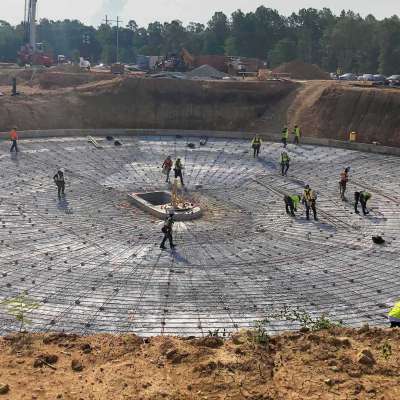
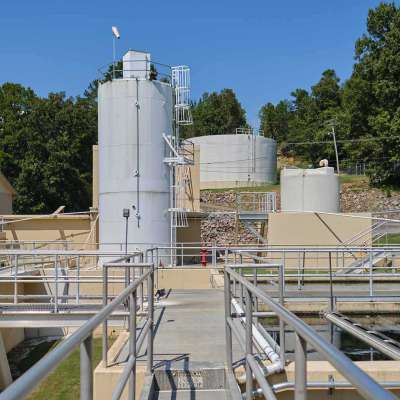
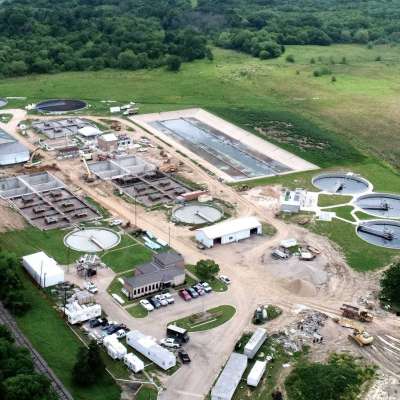
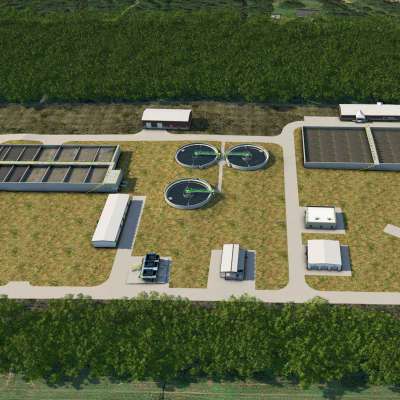

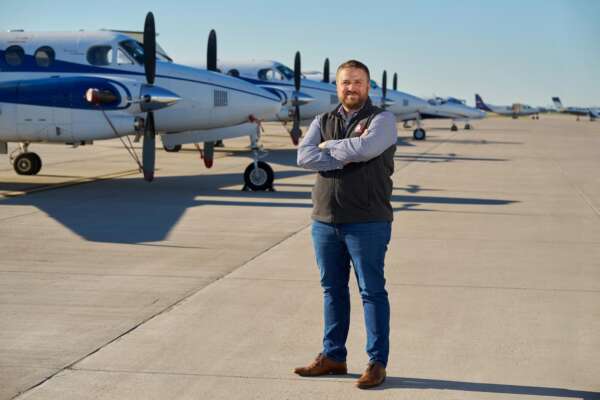

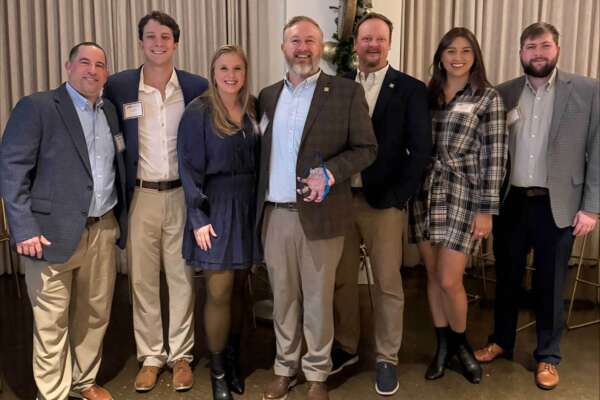
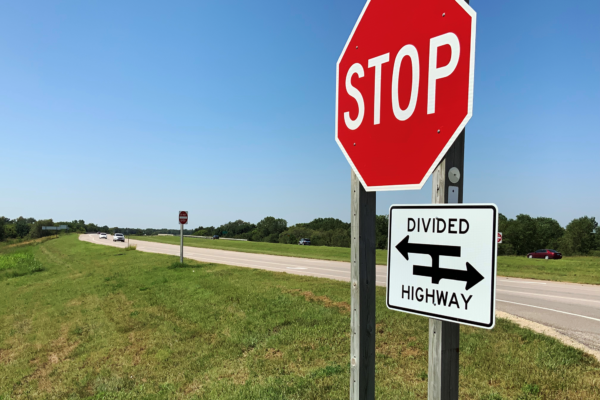
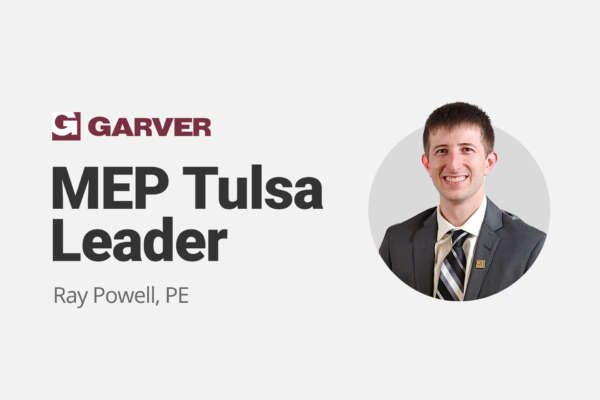
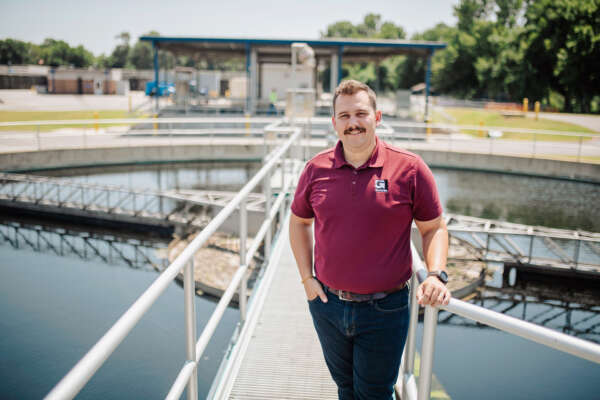


Share this article